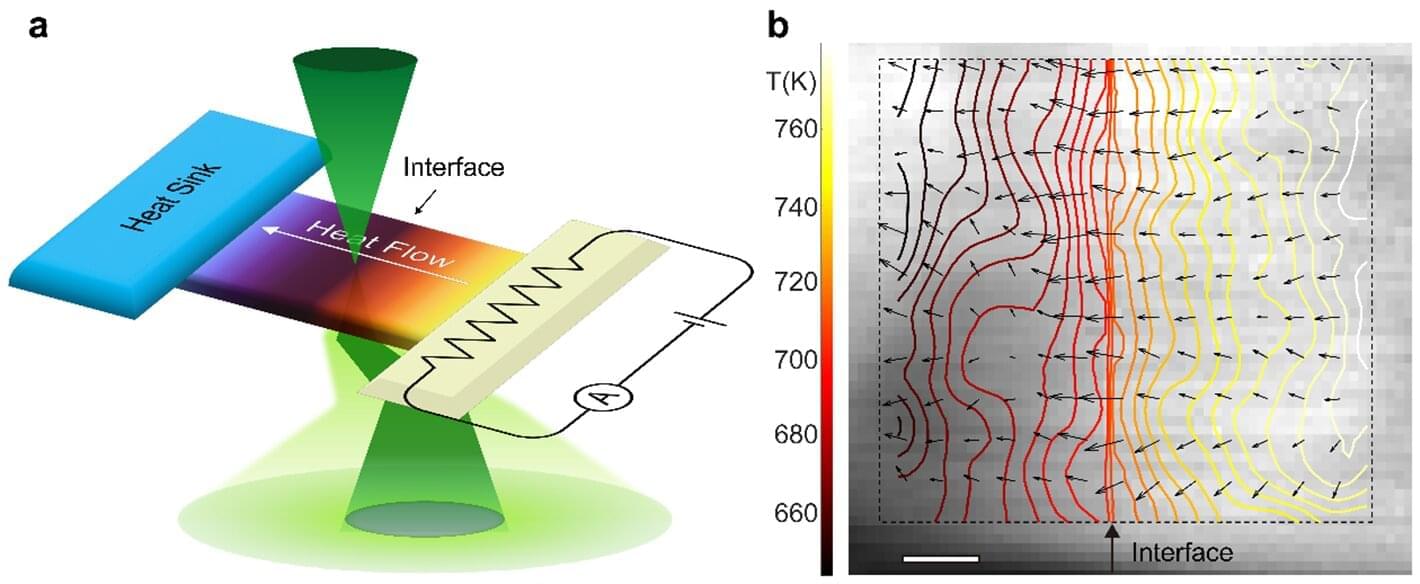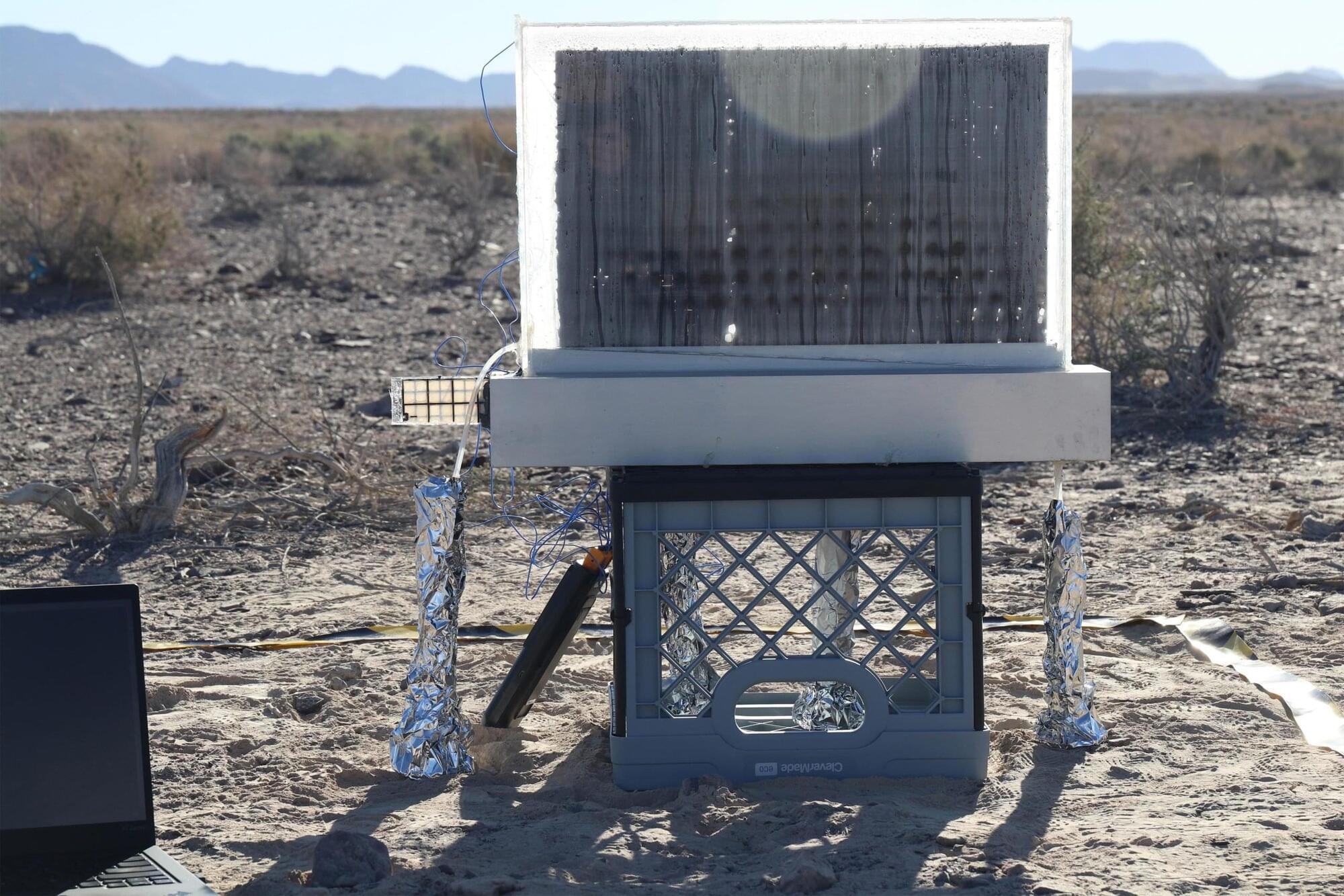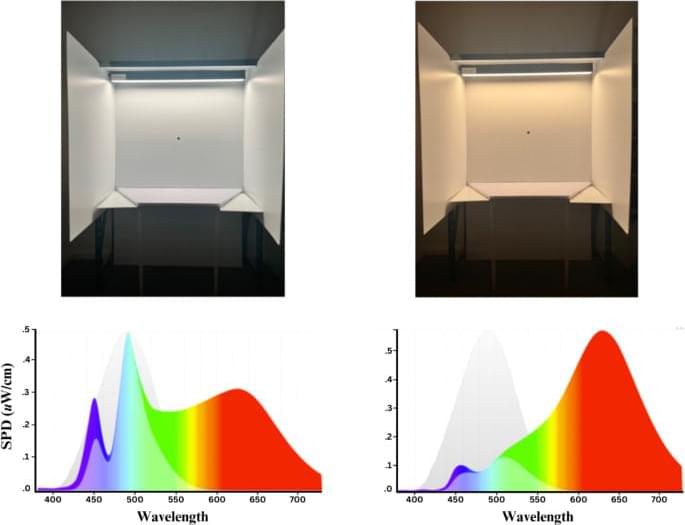Gao Peng’s research group at the International Center for Quantum Materials, School of Physics, Peking University, has developed a breakthrough method for visualizing interfacial phonon transport with sub-nanometer resolution. Leveraging fast electron inelastic scattering in electron microscopy, the team directly measured temperature fields and thermal resistance across interfaces, unveiling the microscopic mechanism of phonon-mediated heat transport at the nanoscale.
The study is published in Nature under the title “Probing phonon transport dynamics across an interface by electron microscopy.”
Phonons are central to heat conduction, electrical transport, and light interactions. In modern semiconductor devices, phonon mismatches at material interfaces create significant thermal resistance, limiting performance. Yet, existing methods lack the spatial resolution needed for today’s sub-10 nm technologies.









